
Nodejs Tutorial
Nodejs Tutorial
Introduction to Node.js
This Node.js tutorial covers both the basics and advanced concepts of Node.js. Whether you are a beginner exploring backend development or a professional looking to strengthen your skills, this guide will help you.Node.js is a cross-platform runtime environment and a powerful library that allows JavaScript to be executed outside the browser. It is widely used for creating server-side applications and networking tools.
At UpdateGadh, our Node.js tutorial includes all essential topics such as installation (Windows & Linux), REPL, package management (npm), callbacks, the event loop, modules (OS, path, URL, DNS, Net, UDP), process management, child processes, buffers, streams, file systems, global objects, and more. You’ll also find interview questions to deepen your understanding of Node.js concepts.
Introduction to Applied AI:-Click Here
What is Node.js?
Node.js is an open-source, free-to-use, cross-platform runtime environment that runs JavaScript outside the browser. Developers primarily use it for building scalable, high-performance, real-time applications such as APIs, chat applications, streaming services, and IoT platforms.
You can download Node.js from its official website: https://nodejs.org/en/
According to the official documentation:
Node.js is a platform built on Chrome’s JavaScript runtime for easily building fast and scalable network applications. Node.js uses an event-driven, non-blocking I/O model that makes it lightweight and efficient, perfect for data-intensive real-time applications that run across distributed devices.
In short:
Node.js = Runtime Environment + JavaScript Library
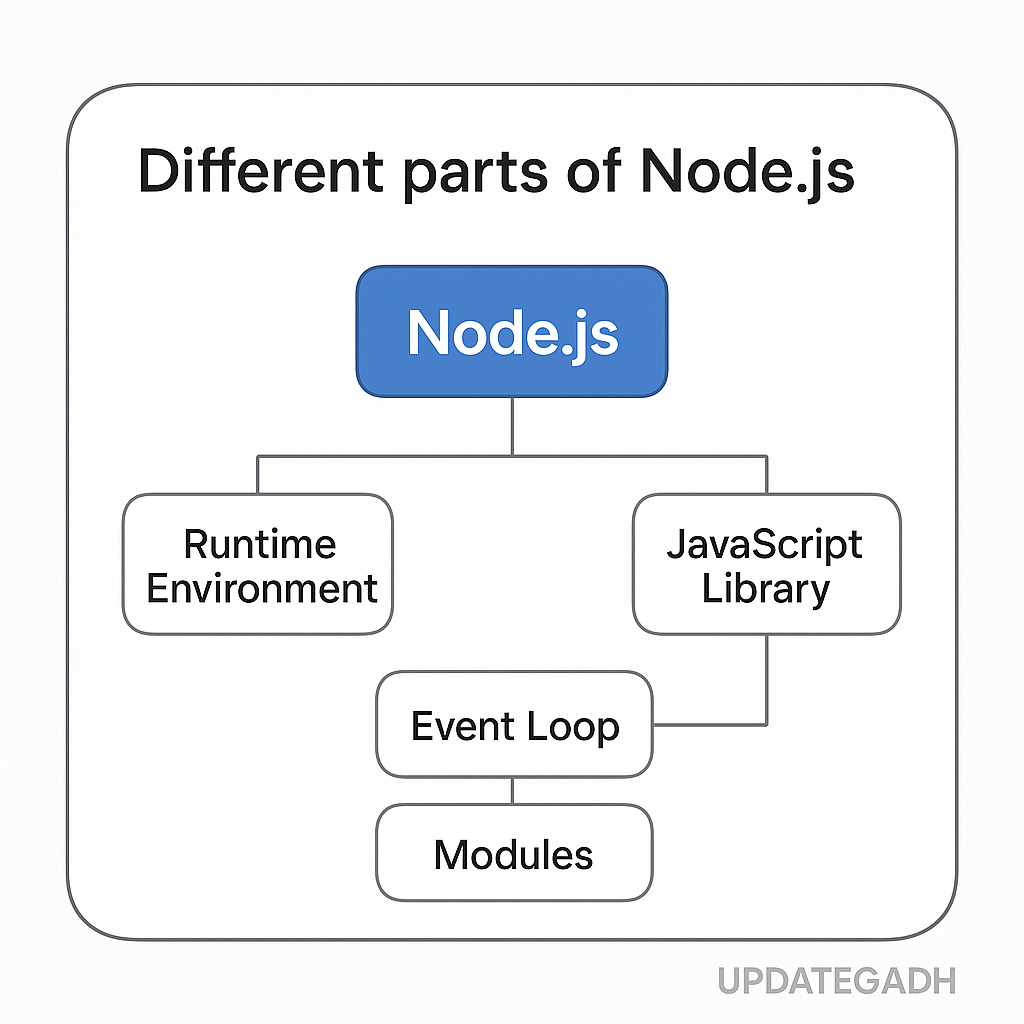
Data Science Tutorial:-Click Here
Key Features of Node.js
Here are the features that make Node.js a top choice among developers and software architects:
- High Performance
Built on Google Chrome’s V8 JavaScript engine, Node.js delivers very fast execution of code. - Asynchronous & Event-Driven I/O
All APIs in Node.js are non-blocking. The server does not wait for an operation to finish—it continues executing and uses events to handle responses. This makes Node.js extremely efficient. - Single-Threaded with Event Loop
Node.js uses a single-threaded model combined with event looping, which allows it to handle thousands of concurrent requests seamlessly. - Scalability
Thanks to its event-driven architecture, Node.js can scale applications horizontally and vertically without much complexity. - No Data Buffering
Node.js applications process data in chunks, making it ideal for handling streams like video or audio uploads without unnecessary buffering. - Open Source
Supported by a large open-source community, Node.js offers numerous libraries and modules that simplify web application development. - License
Node.js is released under the MIT license, making it free for both personal and commercial use.
Machine Learning Tutorial:-Click Here
Complete Advance AI topics:- CLICK HERE
Deep Learning Tutorial:- Click Here
Conclusion
Node.js has redefined backend development by bringing JavaScript to the server side. Its speed, scalability, and simplicity make it a preferred technology for building modern applications. Whether you’re just starting or looking to enhance your expertise, Node.js provides the flexibility and power needed for today’s real-time, data-driven world.
At UpdateGadh, we’ll continue to provide in-depth tutorials, examples, and interview questions to help you master Node.js step by step.
express js tutorial
node js tutorial pdf
node js w3schools
node js documentation
node js tutorial youtube
node js download
node js tutorial javatpoint
node js express


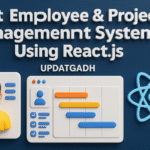

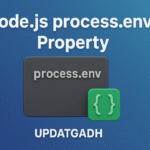

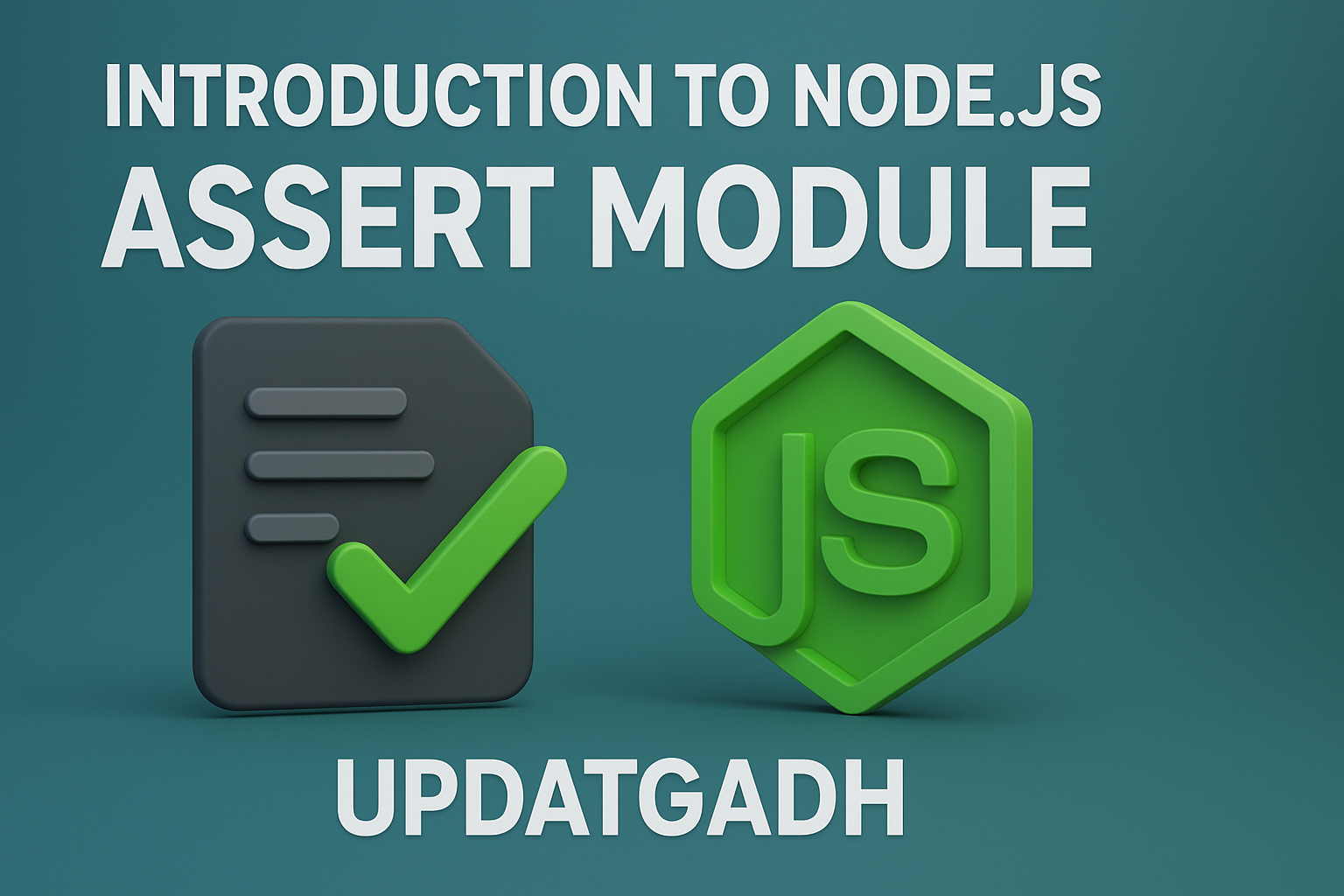
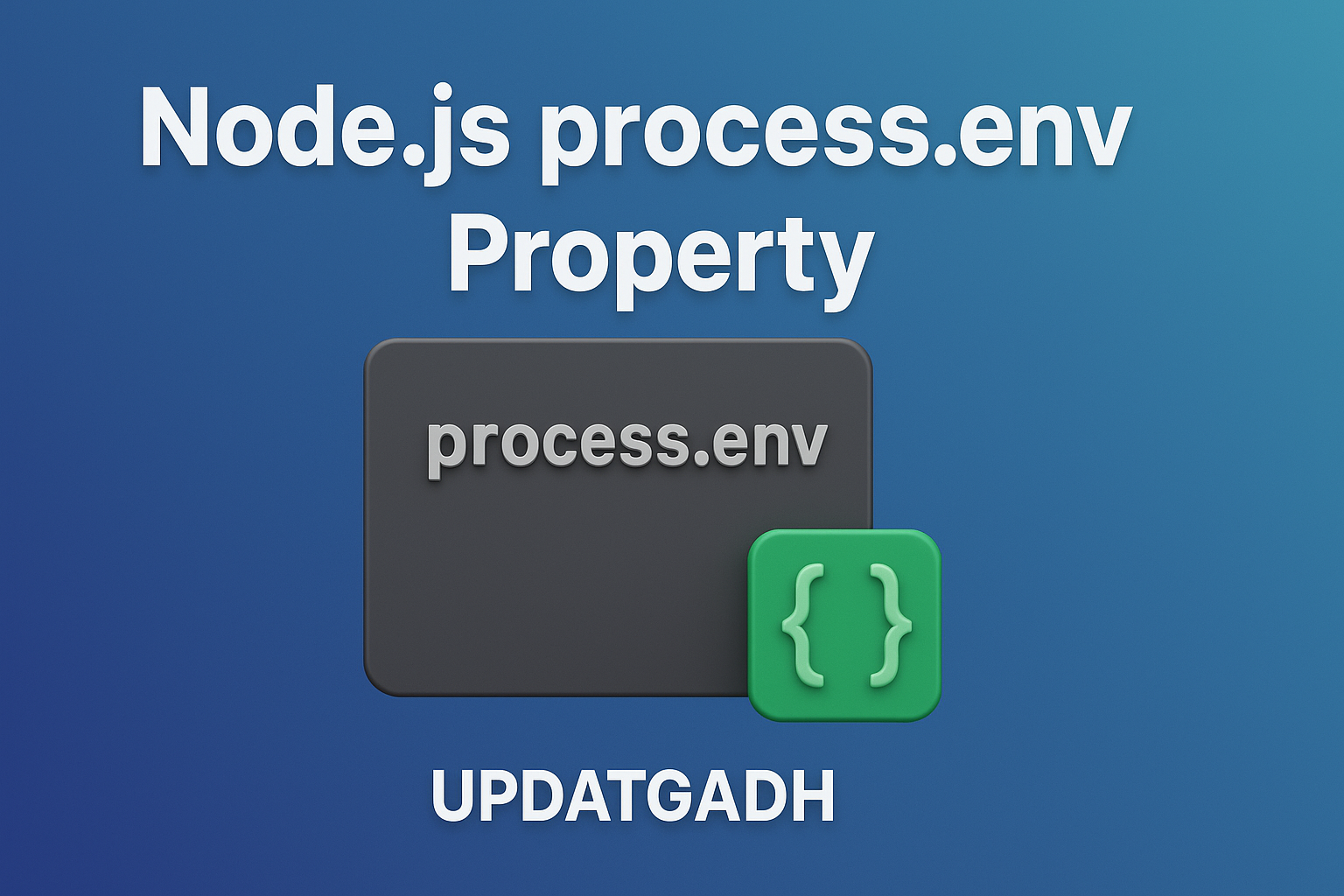
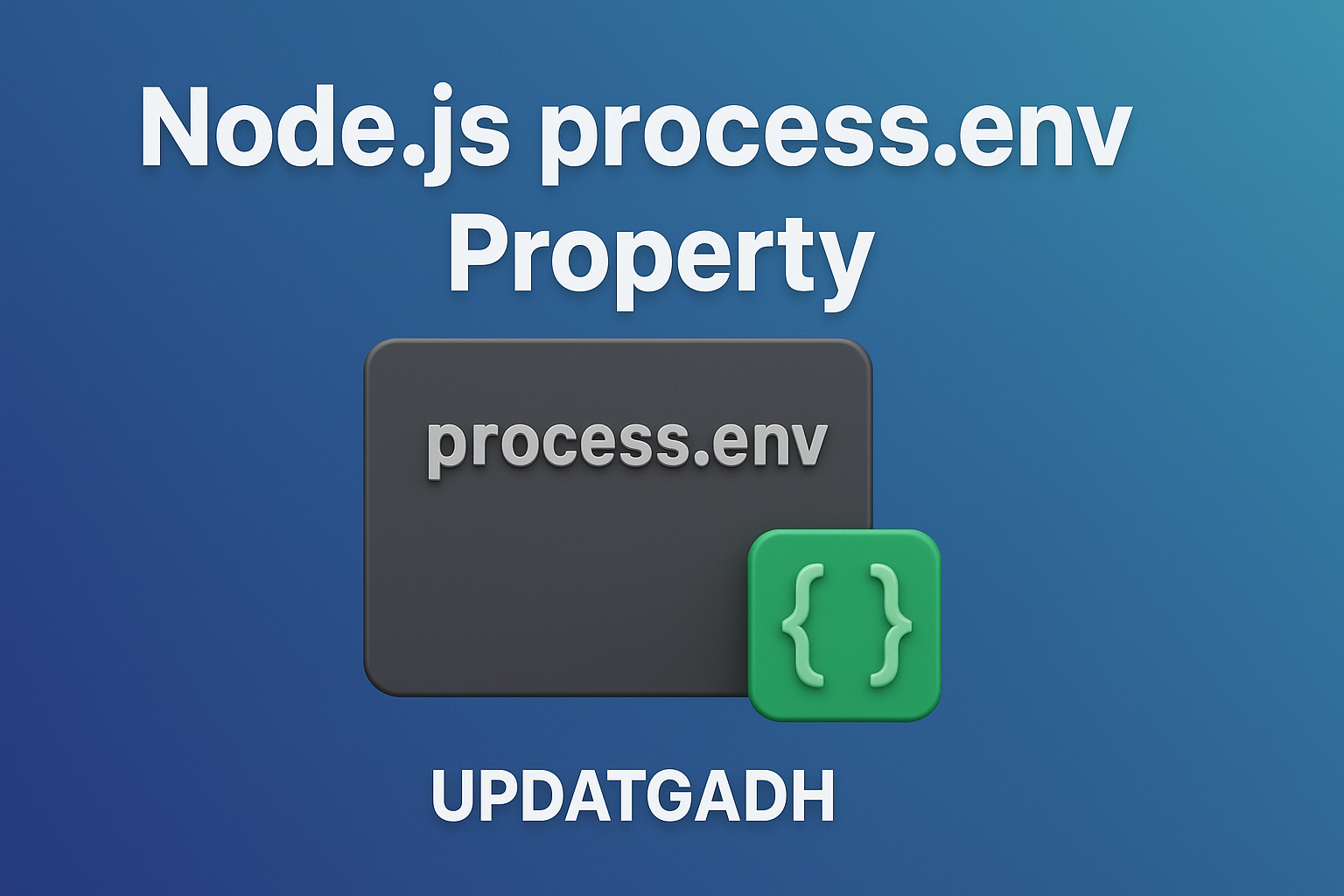
Post Comment